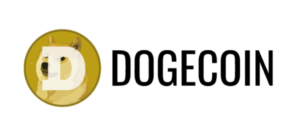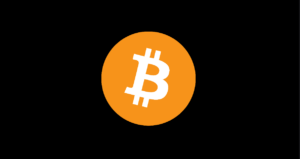Dogecoin, the popular cryptocurrency that started as a meme, has been making waves in the digital currency market with its volatility. In this article, we’ll dive into why Dogecoin’s price seems to fluctuate so wildly and what factors contribute to this rollercoaster ride.
One of the key reasons for Dogecoin’s price volatility is its relatively low market cap compared to established cryptocurrencies like Bitcoin and Ethereum. With a smaller market cap, Dogecoin is more susceptible to sudden price swings influenced by market demand and speculation. This means that even a small change in trading volume or investor sentiment can lead to dramatic price movements.
Additionally, Dogecoin has a large and active community of supporters who are known for their enthusiasm and memes. The social media hype and celebrity endorsements associated with Dogecoin can also play a significant role in driving up its price. Positive news or tweets from influential figures can cause a surge in demand for Dogecoin, leading to rapid price spikes.
Furthermore, Dogecoin’s supply dynamics contribute to its price volatility. Unlike Bitcoin, which has a fixed supply cap of 21 million coins, Dogecoin has an inflationary monetary policy with an unlimited supply of coins. This continuous issuance of new coins through mining can impact the price of Dogecoin as it puts downward pressure on its value over time.
Moreover, Dogecoin’s price is influenced by market trends and external factors such as regulatory developments, macroeconomic events, and changes in investor sentiment towards cryptocurrencies in general. For instance, regulatory news about cryptocurrency bans or restrictions in certain countries can have a significant impact on Dogecoin’s price as it affects the overall market sentiment.
It’s important to note that Dogecoin’s price volatility is not necessarily a negative aspect. For traders and investors, volatility presents opportunities for profit through quick price movements. However, it also comes with risks, as sudden price drops can lead to significant losses for those who are not prepared.
In conclusion, Dogecoin’s price volatility can be attributed to a combination of factors, including its market cap, community involvement, supply dynamics, and external market influences. Understanding these factors can help investors navigate the ups and downs of Dogecoin’s price movements and make informed decisions when trading or investing in this popular cryptocurrency.




